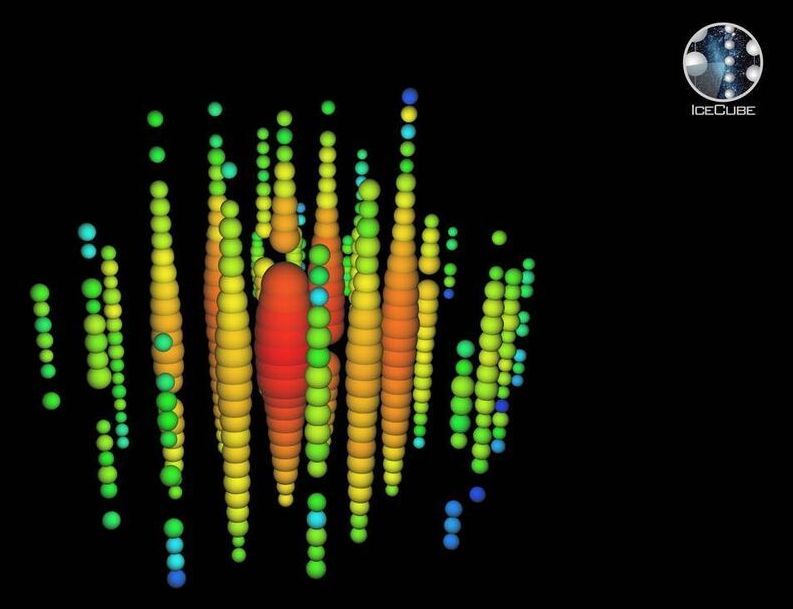On June 11, 2021 CNSA published new Hi-Res Mars images Zhurong Rover (Chinese Tianwen-1 mission) with amazing details of Utopia Planitia on Red Planet. Rover dropped/deployed special instrument camera to make group images. Camera made first shot capturing Mars Lander and Zhurong Rover together in single frame. Resolution of the images is incredible. Chinese Zhurong Mars Rover has been working on the surface of Mars for 26 Martian days, carrying out environmental perception, fire surface movement, and scientific exploration. Zhurong also made first panoramic 360 degrees image at Utopia Planitia on Mars. There is image of Parachute pack and Heat Shield on the surface of Red Planet.
Source/credit: https://www.cnsa.gov.cn/
Credit: cnsa.gov.cn, cctv.com, China Central Television.
#mars #zhurong #rover








